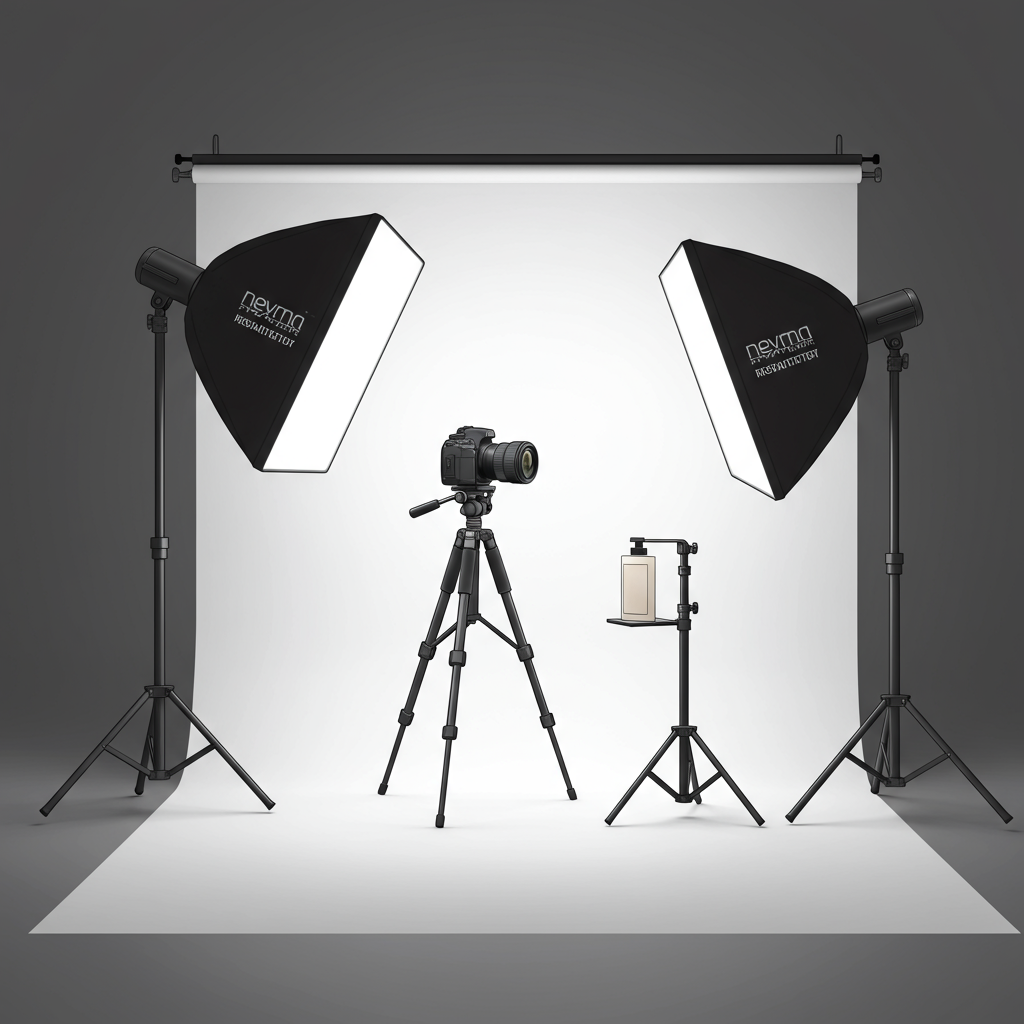Transform your online store with captivating product images that convert browsers into loyal customers.
As a Shopify merchant, you know that selling online is all about presentation. In the digital marketplace, your products can’t be touched or held, so their visual representation becomes paramount.
And when it comes to presentation, nothing is more crucial than your product photography. High-quality images are the silent salespeople of your online store, speaking volumes about your brand and the value you offer.
They build immediate trust, convey the quality and essence of your products, and ultimately, drive those all-important conversions.
In this comprehensive guide, I want to share my top tips for capturing stunning product photos that will make your Shopify store shine and stand out in a crowded market.
First, let’s talk about equipment. You don’t necessarily need a professional DSLR camera to get started. Many merchants begin with what they already have.
Modern smartphones, especially newer models, are incredibly capable and can produce excellent results with the right techniques and a little know-how.
However, if you’re serious about scaling your business and want more control over depth of field, resolution, and low-light performance, investing in a mirrorless or DSLR camera will offer significant advantages.
Regardless of your camera choice, a tripod is non-negotiable. It ensures sharpness by eliminating camera shake, provides consistency across your shots, and allows for precise framing and composition.
Next, lighting is arguably the most critical element in product photography. It can make or break your images, defining mood, texture, and color accuracy.
Natural light is often your best friend. Position your product near a large window, but avoid direct, harsh sunlight, which can create unflattering shadows and blown-out highlights.
Instead, look for soft, diffused light, perhaps on an overcast day or by using a sheer curtain or diffusion panel to soften the light coming through the window.
If natural light isn’t consistent or available, artificial lighting is the way to go. A simple softbox or LED panel can work wonders in creating professional-looking illumination.
The goal is to create even illumination across your product, minimizing harsh shadows and showcasing your product’s true colors and textures accurately.
Many merchants find a light tent or light box invaluable. These affordable, portable setups provide a consistent, shadow-free environment, perfect for small to medium-sized products.
Now, let’s consider your background. Simplicity is key. A clean, uncluttered background ensures your product remains the undisputed star of the show.
White or neutral gray backgrounds are popular for their versatility and ability to make products pop, allowing their colors and details to truly stand out.
However, don’t shy away from lifestyle shots. Showing your product in use or in a relevant, aspirational setting can help customers visualize themselves with it and connect emotionally.
When composing your shots, think about angles and perspectives. Don’t just take one photo; offer a comprehensive visual experience.
Capture your product from multiple angles: front, back, sides, and a top-down view if relevant to showcase its full form and features.
Include close-up shots to highlight intricate details, textures, and unique features that might otherwise be missed by a customer browsing online.
For products with varying sizes, include a shot that provides a sense of scale, perhaps next to a common object or a model, so customers can accurately gauge its dimensions.
Styling and props should be minimal and purposeful. They should enhance, not distract from, your product, adding context without clutter.
Choose props that align with your brand aesthetic and help tell a story about the product’s use or benefits, subtly reinforcing its value.
Once you’ve captured your images, basic editing is essential. This isn’t about transforming your product, but refining the photo to its best possible version.
Adjust brightness, contrast, white balance, and saturation to ensure your product looks its best and colors are accurate to real life.
Cropping and straightening can also make a significant difference in the overall professionalism and visual appeal of your images.
Consistency in your editing style across all your product photos creates a cohesive and professional-looking store, building brand recognition.
For Shopify specifically, pay attention to image requirements. Shopify recommends images of at least 2048 x 2048 pixels for square product photos, allowing for high-quality zoom.
High-resolution images allow customers to zoom in and examine details, which is crucial for building confidence and driving online sales.
Don’t forget to optimize your images for the web. Large file sizes can slow down your store, negatively impacting user experience and search engine optimization (SEO).
Use tools to compress images without sacrificing quality, and always add descriptive alt text for accessibility and improved search engine visibility.
Finally, maintain consistency across all your product photography. Develop a style guide for lighting, backgrounds, and editing to ensure uniformity.
This consistency reinforces your brand identity and makes your entire store look polished, trustworthy, and professional.
While these tips will get you far, consider investing in professional photography if your budget allows, especially for hero shots or new product launches.
Professional photographers have the expertise, advanced equipment, and creative eye to take your visuals to the next level, often providing a significant return on investment.
Remember, your product photos are often the very first impression a potential customer has of your brand and your offerings. Make it count!
By following these guidelines, you’ll be well on your way to creating a visually stunning Shopify store that not only attracts attention but also converts browsers into loyal, happy buyers.
What do you think about this article? I’d love to hear your thoughts and any product photography tips you’ve found particularly helpful for your own Shopify store!
Your feedback helps me create even more valuable content for our merchant community.






